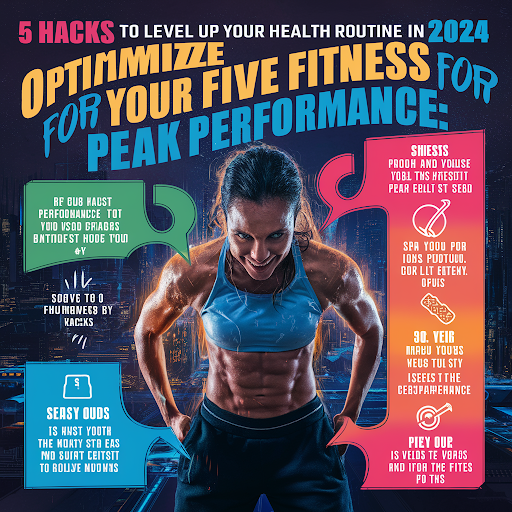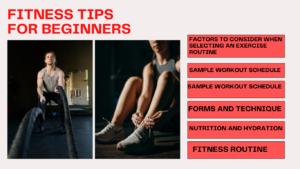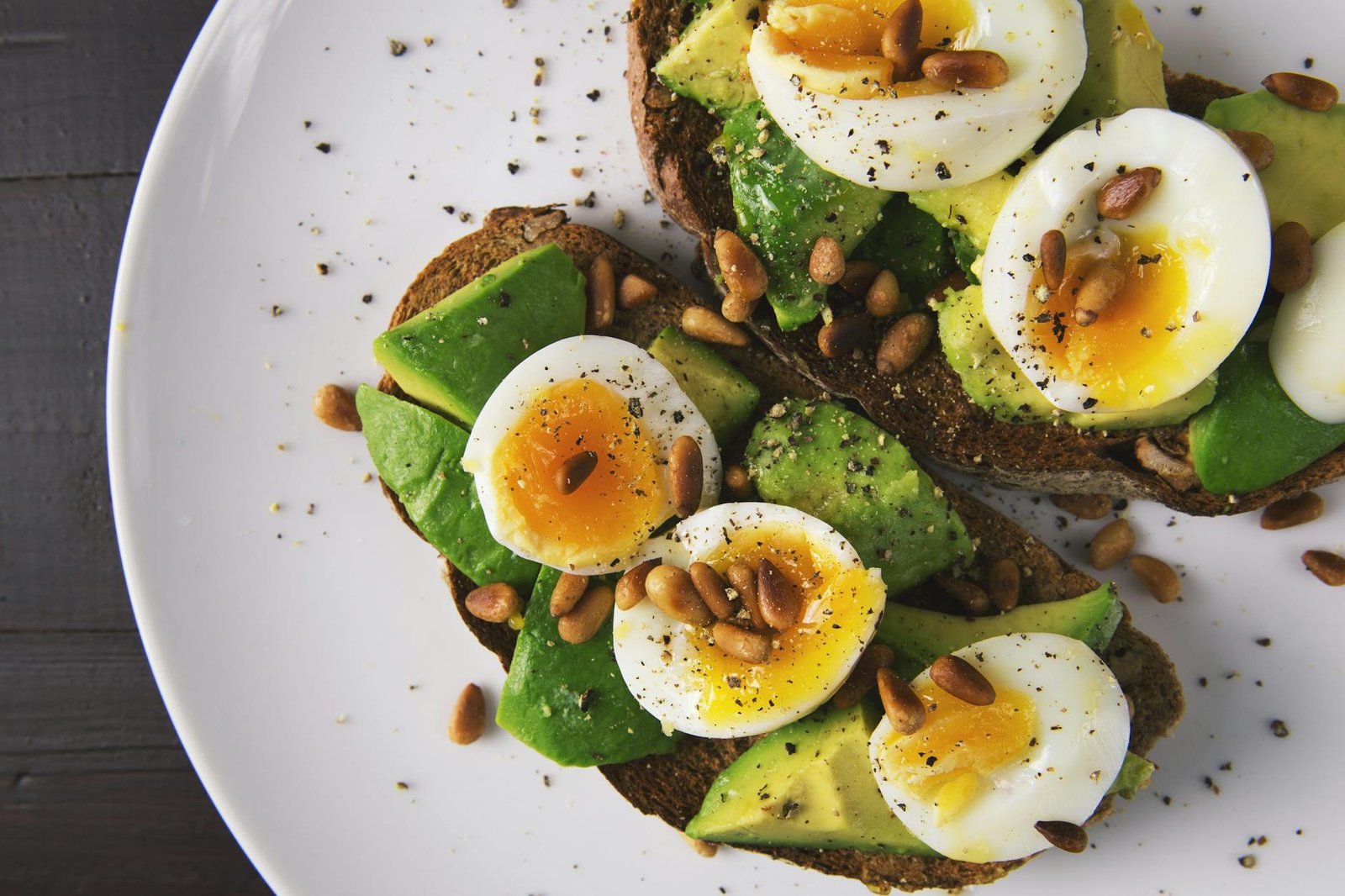
🎯 Ever felt like you’re putting in maximum effort at the gym but not seeing the results you deserve? You’re not alone. Despite countless hours of training and seemingly healthy eating habits, many fitness enthusiasts find themselves stuck in a plateau, wondering what’s missing from their performance puzzle.
The truth is, achieving peak performance isn’t just about working harder—it’s about working smarter. By understanding the intricate dance between nutrition and exercise, you can unlock your body’s full potential and finally break through those stubborn barriers. From strategic meal timing to optimizing your training sessions, we’re about to dive into the science-backed strategies that elite athletes use to maximize their results.
In this comprehensive guide, we’ll explore everything from meal planning and energy systems to supplementation and lifestyle factors that can elevate your performance to new heights. Get ready to transform your approach to fitness and nutrition as we uncover the five key elements that will help you reach your peak potential. 💪
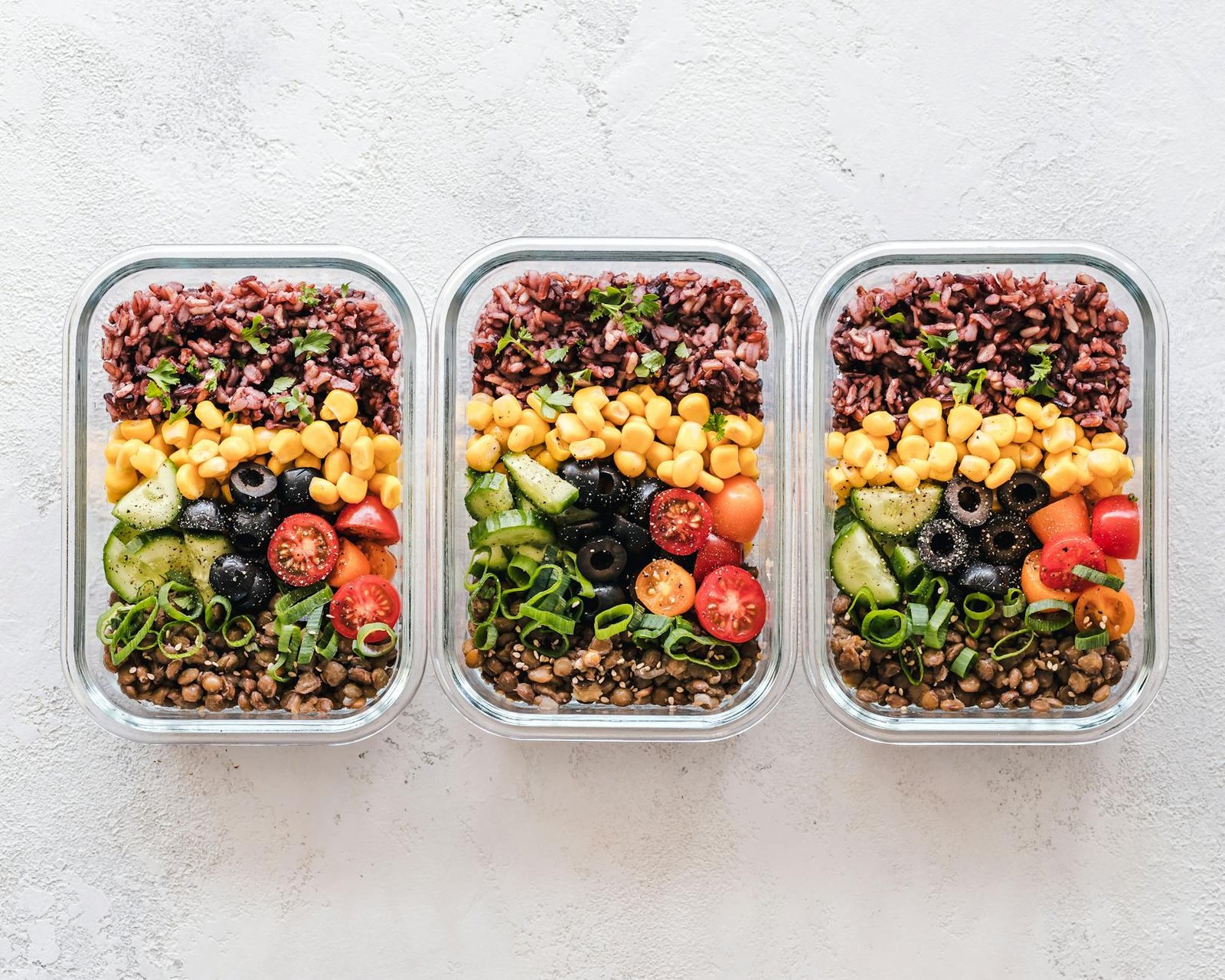
Strategic Meal Planning for Athletes
Optimal Macronutrient Ratios
Athletes require specific macronutrient ratios to maintain peak performance. Here’s a breakdown based on training intensity:
| Training Type | Protein | Carbs | Fats |
|---|---|---|---|
| Endurance | 20% | 60% | 20% |
| Strength | 30% | 50% | 20% |
| HIIT | 25% | 55% | 20% |
Timing Your Meals Around Workouts
For optimal performance, follow these meal timing guidelines:
- 3-4 hours before: Complete meal with complex carbs
- 1-2 hours before: Light snack with simple carbs
- 30 minutes post-workout: Protein and carb combination
- 2 hours post-workout: Complete recovery meal
Power-Packed Pre-Workout Foods
The best pre-workout nutrition options include:
- Banana with almond butter
- Oatmeal with berries
- Greek yogurt with honey
- Whole grain toast with eggs
Essential Post-Exercise Recovery Nutrition
Recovery nutrition should focus on the 3 R’s:
- Replenish (glycogen stores)
- Repair (muscle tissue)
- Rehydrate (fluid balance)
Aim for a 3:1 carb-to-protein ratio within 30 minutes post-exercise. Quality options include chocolate milk, protein smoothies, or lean protein with sweet potatoes.
Now that you understand proper meal planning, let’s explore how these nutrients interact with your body’s energy systems during different types of training.

Understanding Energy Systems
Fueling for Endurance
Your body relies primarily on two energy systems during endurance activities: aerobic and fat oxidation. The key is maintaining steady energy levels through proper nutrient timing and selection.
| Energy System | Primary Fuel | Best For |
|---|---|---|
| Aerobic | Carbohydrates | Sustained activity (1+ hours) |
| Fat Oxidation | Stored fat | Low-intensity, long duration |
Nutrition for Strength Training
Strength training demands different fuel sources, primarily utilizing the phosphagen and glycolytic systems. Here’s what you need:
- Protein: 1.6-2.2g per kg of body weight
- Complex carbohydrates: 4-7g per kg of body weight
- Essential fats: 0.5-1.5g per kg of body weight
Metabolic Efficiency Tips
Key strategies to optimize your metabolic efficiency:
- Time your carbohydrate intake around workouts
- Include protein in every meal for muscle preservation
- Practice nutrient timing for different training phases
- Stay hydrated with electrolyte-balanced fluids
- Monitor your glycogen levels through proper carb cycling
Proper energy system management requires understanding how your body uses different fuel sources. Training in specific heart rate zones can help maximize fat utilization and improve overall metabolic flexibility. For optimal results, match your nutrition to your training intensity and duration.
Now let’s explore how to implement these principles through smart supplementation strategies that can enhance your performance further.

Smart Supplementation Strategies
Core Performance Supplements
Essential supplements for peak performance include whey protein, creatine monohydrate, and BCAAs. Here’s a breakdown of their benefits:
| Supplement | Primary Benefits | Recommended Timing |
|---|---|---|
| Whey Protein | Muscle recovery, lean mass | Post-workout, between meals |
| Creatine | Strength, power output | Daily, any time |
| BCAAs | Muscle preservation, endurance | During/after workouts |
Natural Alternatives
Many whole foods can provide similar benefits to supplements:
- Greek yogurt and eggs (protein)
- Lean meat and fish (amino acids)
- Beetroot juice (nitric oxide)
- Coffee (pre-workout energy)
Timing and Dosage Guidelines
Optimize supplement effectiveness with proper timing:
- Pre-workout: 30-60 minutes before training
- Protein: within 30 minutes post-workout
- Creatine: 5g daily, timing flexible
- BCAAs: during or immediately after training
Red Flags and Safety Concerns
- Avoid proprietary blends without clear ingredients
- Check for third-party testing certifications
- Watch for banned substances in competitive sports
- Monitor for adverse reactions
Cost-Effective Choices
Focus on these budget-friendly options:
- Bulk powder purchases
- Essential supplements only
- Food-first approach
- Strategic timing of sales
Now that you understand supplementation strategies, let’s explore how to optimize your training techniques for maximum results.

Training Optimization Techniques
Periodization Methods
Effective training periodization divides your fitness journey into strategic phases, maximizing performance while minimizing burnout. Here’s a structured approach to periodization:
| Phase | Duration | Focus | Intensity |
|---|---|---|---|
| Base | 4-6 weeks | Endurance | Low-Medium |
| Build | 6-8 weeks | Strength | Medium-High |
| Peak | 2-3 weeks | Power | High |
| Recovery | 1-2 weeks | Active Rest | Low |
Recovery Protocols
Implement these essential recovery strategies to enhance your training results:
- Active Recovery
- Light cardio sessions
- Mobility work
- Dynamic stretching
- Passive Recovery
- Quality sleep (7-9 hours)
- Massage therapy
- Cold/heat therapy
Performance Tracking
Monitor these key metrics to optimize your progress:
- Training Volume
- Rest Periods
- Weight Progression
- Recovery Quality
- Energy Levels
Use a combination of training logs and fitness apps to track these metrics systematically. Focus on progressive overload while maintaining proper form. Regular assessment of these parameters helps identify plateaus and adjust training intensity accordingly.
Now that you understand how to optimize your training, let’s explore the lifestyle factors that can further enhance your results.

Lifestyle Factors for Peak Results
Sleep Quality Enhancement
Quality sleep is the cornerstone of athletic performance and recovery. Aim for 7-9 hours of uninterrupted sleep by:
- Maintaining a consistent sleep schedule
- Creating a dark, cool sleeping environment
- Avoiding blue light exposure 1-2 hours before bed
- Using blackout curtains and white noise machines
Stress Management
Chronic stress can significantly impact performance and recovery. Implement these proven techniques:
- Daily meditation or mindfulness practice (10-15 minutes)
- Regular deep breathing exercises
- Time management strategies
- Weekly schedule for workout-life balance
Hydration Strategies
Proper hydration is crucial for peak performance. Follow this hydration guide:
| Time of Day | Water Intake | Additional Notes |
|---|---|---|
| Morning | 16-20 oz | Upon waking |
| Pre-workout | 16-20 oz | 2 hours before |
| During workout | 8-10 oz | Every 15-20 minutes |
| Post-workout | 16-24 oz | Within 30 minutes |
Active Recovery Methods
Incorporate these active recovery techniques to maintain peak performance:
- Light mobility work (10-15 minutes daily)
- Foam rolling sessions
- Low-intensity walking or swimming
- Dynamic stretching routines
Proper integration of these lifestyle factors creates a strong foundation for optimal athletic performance. As you optimize these elements, you’ll be better positioned to maximize your training results and achieve your fitness goals.
Next, we’ll explore how these lifestyle modifications directly impact your overall training effectiveness and long-term success.
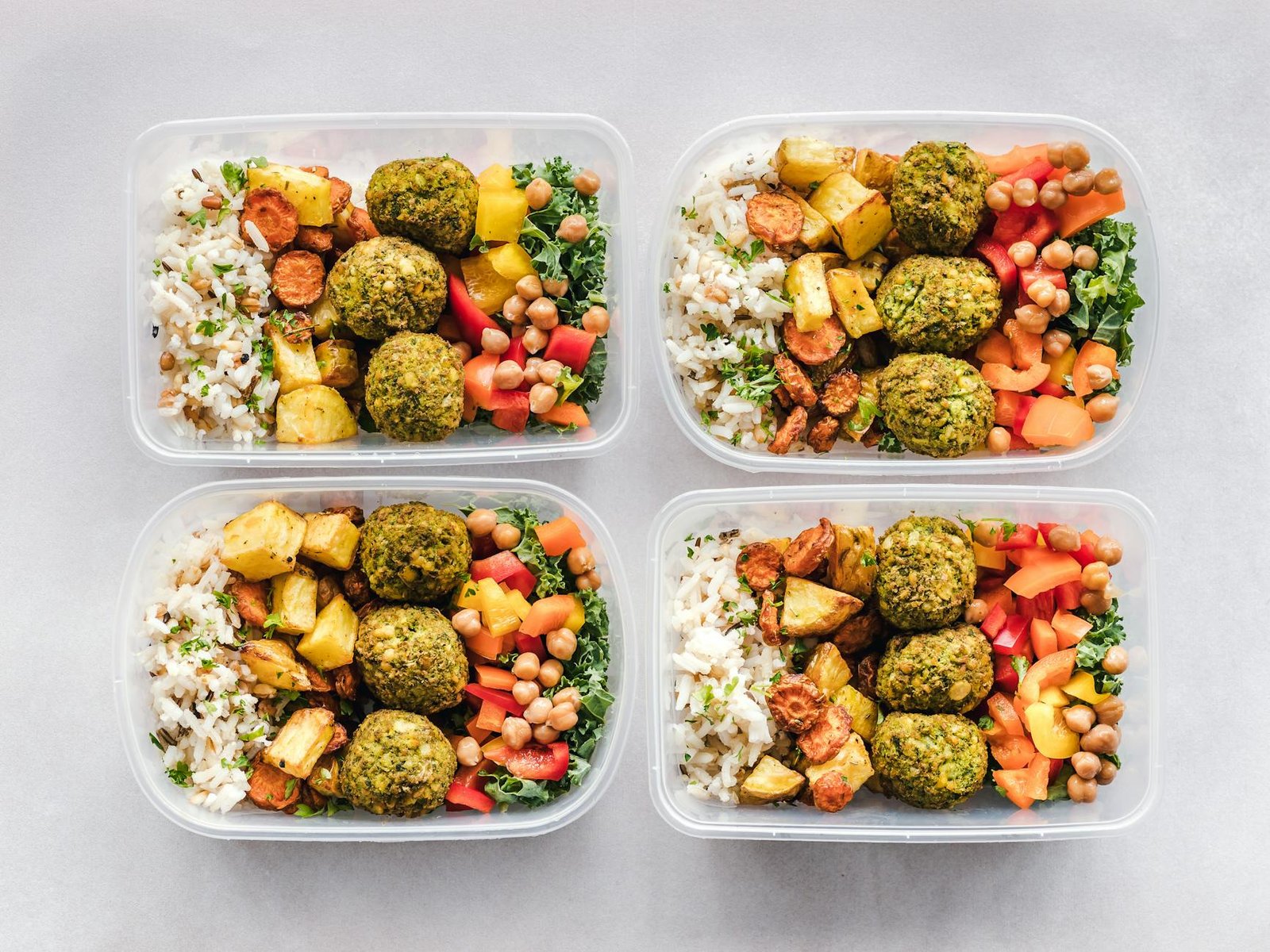
Peak athletic performance isn’t just about what you do in the gym – it’s a holistic approach combining strategic nutrition, proper supplementation, and optimized training methods. By aligning your meal planning with your energy systems, implementing research-backed supplements, and fine-tuning your training techniques, you can unlock your body’s full potential and achieve superior results.
Take action today by creating a structured meal plan, evaluating your current supplement regime, and adjusting your training program to incorporate these evidence-based strategies. Remember, sustainable peak performance is built on consistent habits and lifestyle choices that support your athletic goals. Your journey to excellence starts with the next meal you plan and the next workout you complete.

